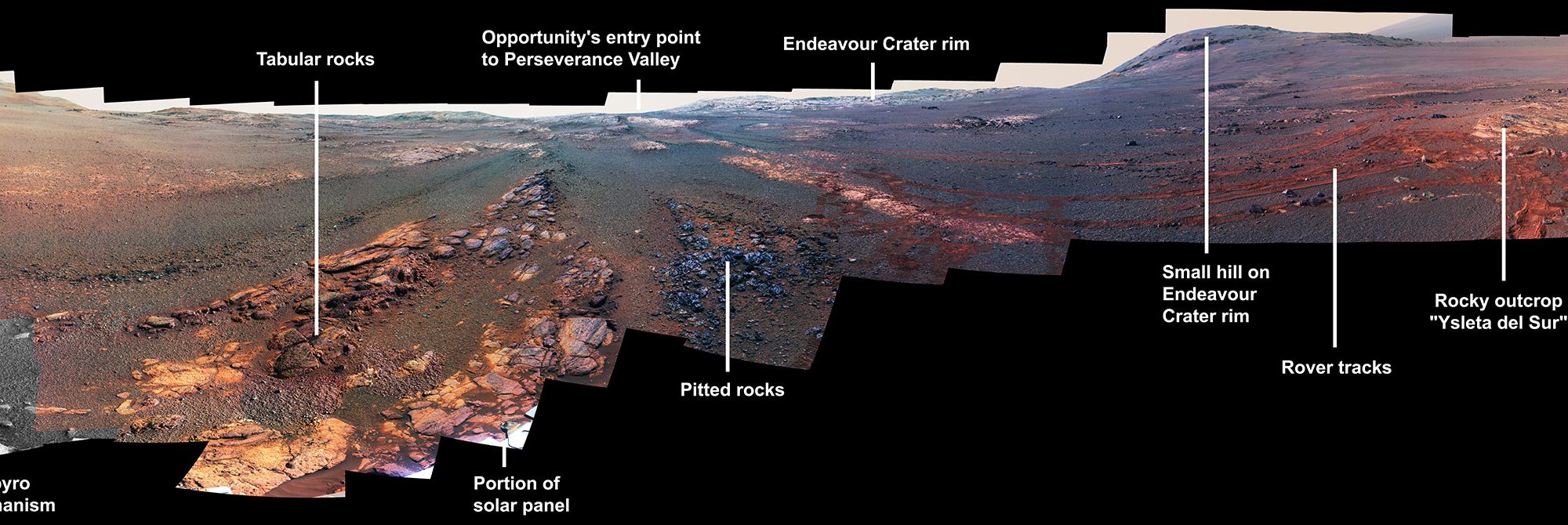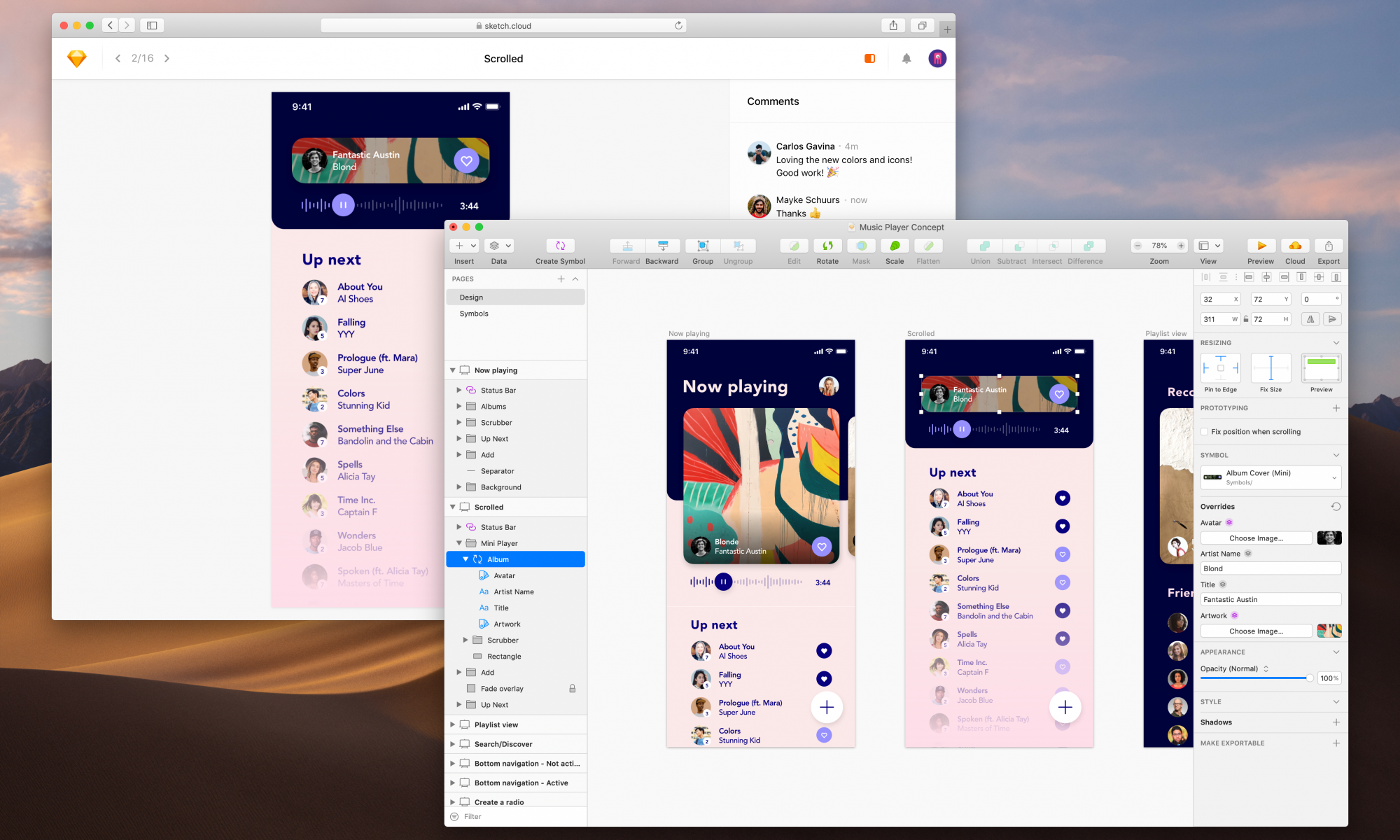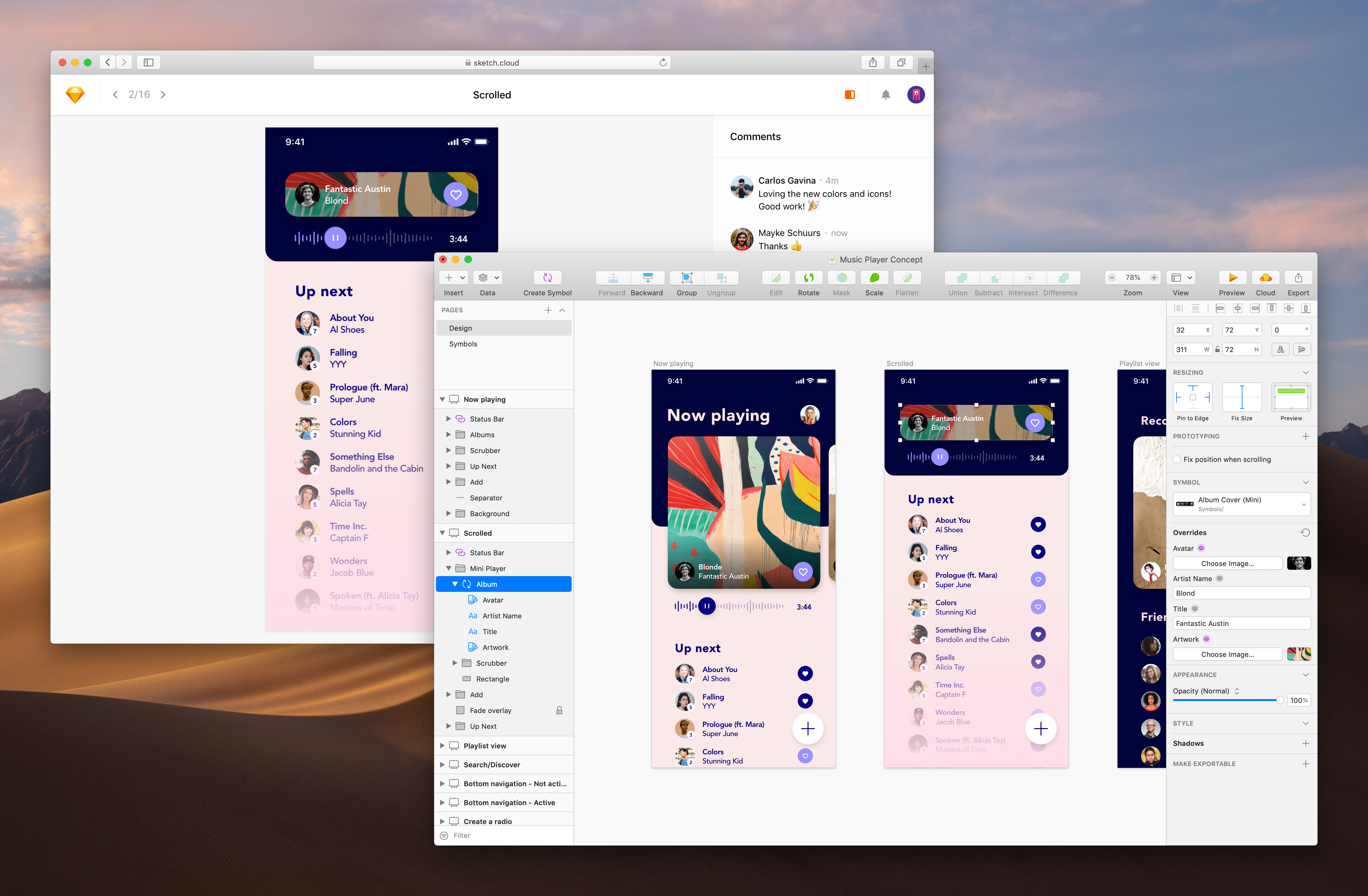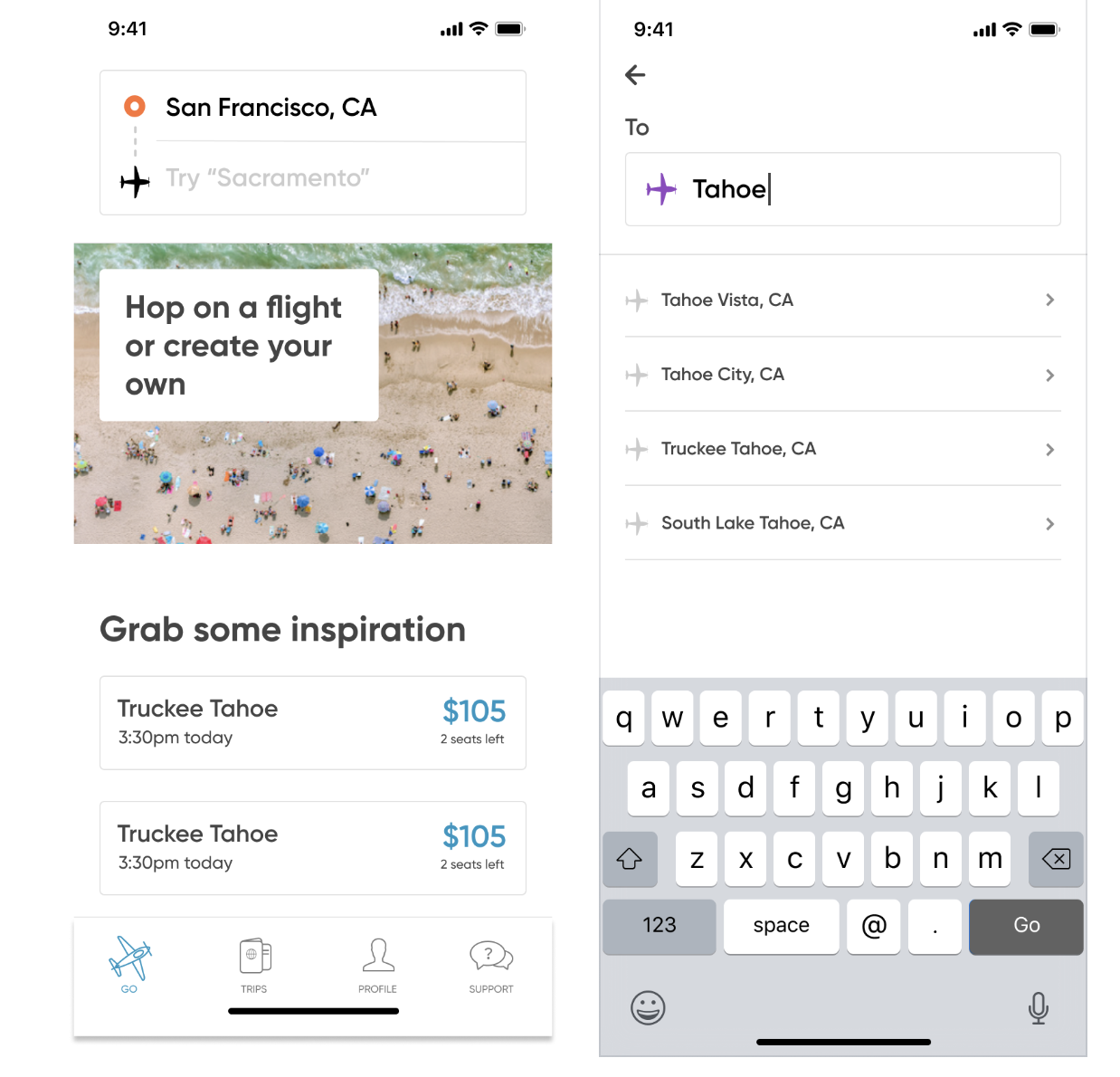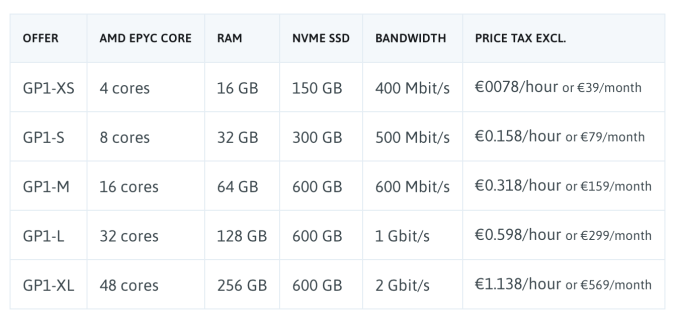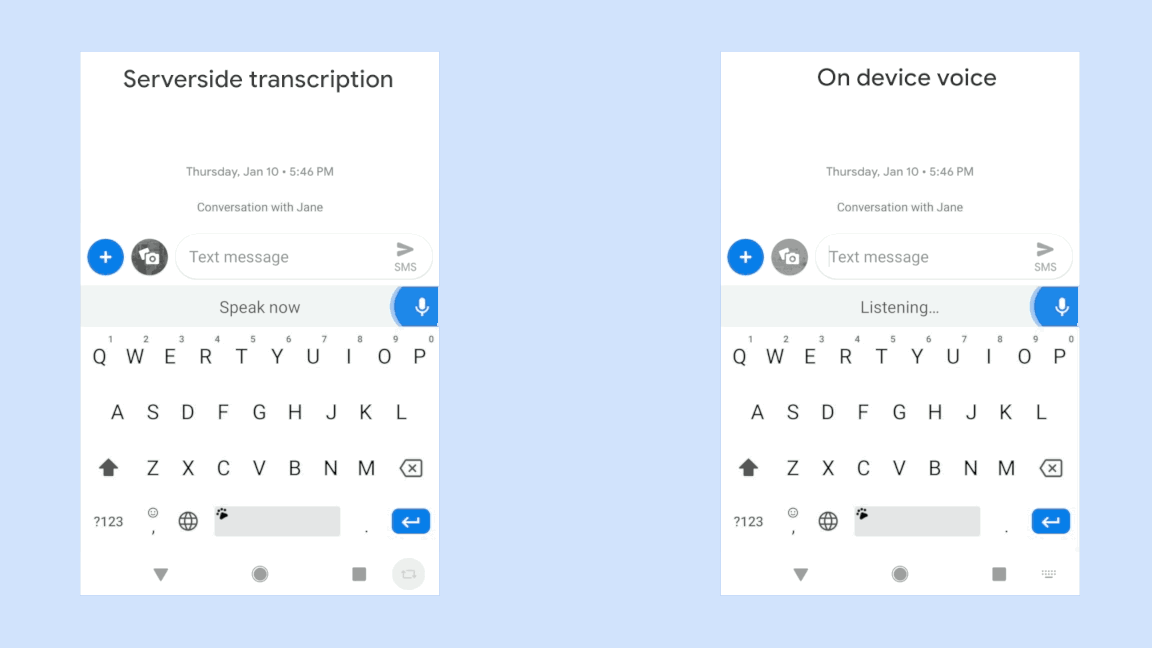In the wake of the second fatal crash in six months involving Boeing 737 Max 8 airplanes, the European Aviation and Safety Administration is grounding the planes as Boeing said it was taking additional steps to address an issue that may have contributed to the crash.
On Sunday, a Boeing 737 Max 8 plane operated by Ethiopian Airlines crashed just minutes after takeoff killing all 157 on board the flight. Last October, a Lion Air flight departing from Jakarta crashed in similar circumstances killing all 189 people on board. The plane involved was also a 737 Max 8.
Responding to the incidents, the European Union Aviation and Safety Administration has banned the plane from operating in European airspace.
Here’s the statement from the EASA:
Following the tragic accident of Ethiopian Airlines flight ET302 involving a Boeing 737 MAX 8, the European Union Aviation Safety Agency (EASA) is taking every step necessary to ensure the safety of passengers.
As a precautionary measure, EASA has published today an Airworthiness Directive, effective as of 19:00 UTC, suspending all flight operations of all Boeing Model 737-8 MAX and 737-9 MAX aeroplanes in Europe. In addition EASA has published a Safety Directive, effective as of 19:00 UTC, suspending all commercial flights performed by third-country operators into, within or out of the EU of the above mentioned models.
Meanwhile, Boeing has issued a statement saying that it has been developing a software update following the Lion Air crash. “This includes updates to the Maneuvering Characteristics Augmentation System flight control law, pilot displays, operation manuals and crew training.”
Essentially, faulty sensors may have been to blame for the Lion Air crash. “The enhanced flight control law incorporates angle of attack (AOA) inputs, limits stabilizer trim commands in response to an erroneous angle of attack reading, and provides a limit to the stabilizer command in order to retain elevator authority,” Boeing said in a statement about its software update.
Essentially, the sensors think the plane is stalling and they apply an opposite remedial action which trims an airplanes down, Flying Magazine columnist and small-plane pilot Peter Garrison tells me. It then takes enormous force from the pilots to hold the nose up, rendering them unable to address the problem, he adds.
“Once you are holding on to the controls for dear life you don’t have any hands left to correct the problem,” says Garrison. “You expect that confronted in an emergency the pilot will analyze what’s happening and act accordingly. Human beings don’t necessarily panic, but they lose their ability to reason clearly and to weigh alternative hypotheses when they are under basically what is a threat of death. Even though it may seem obvious that all you have to do is interrupt the autopilot, amazingly that may not occur to a pilot who is hundreds of feet off the ground and has to pull back on a control yoke with hundreds of pounds of force.”
According to Garrison, the blame on Boeing may be misplaced.
“People like to talk about this as the airplane is defective and they’re correcting it with software,” he says. “That’s all nonsense. Planes today are a mix of automatic systems — and by automatic I of course mean digital electronic systems and mechanical ones — and the natural aerodynamics of the airplane and you can’t separate these.”
If Boeing had made any mistakes, Garrison believes it was in the company’s inability to adequately communicate the problem to pilots and get them ready for taking action in the event of a malfunction.
Even in perfectly designed systems, the transition from automated controls to manual manipulation is difficult to achieve, says Garrison. “It’s not that hard to understand that automation does not make a smooth interface with human control. There’s a break there and it’s a dangerous break,” he said.
Here’s an explanation from Business Insider over the latest thinking around the Lion Air crash that provide further detail.
At the heart of the controversy surrounding the 737 Max is MCAS, the Maneuvering Characteristics Augmentation System. To fit the Max’s larger, more fuel-efficient engines, Boeing had to redesign the way it mounts engines on the 737. This change disrupted the plane’s center of gravity and caused the Max to have a tendency to tip its nose upward during flight, increasing the likelihood of a stall. MCAS is designed to automatically counteract that tendency and point the nose of the plane downward.
Initial reports from the Lion Air investigation, however, indicate that a faulty sensor reading may have triggered MCAS shortly after the flight took off. Observers fear that a similar thing may have happened in Sunday’s Ethiopian Airlines flight.
“Boeing has been working closely with the Federal Aviation Administration (FAA) on development, planning and certification of the software enhancement, and it will be deployed across the 737 MAX fleet in the coming weeks,” the company said in a statement. “The update also incorporates feedback received from our customers.”
Boeing expects the update to be completed across its fleet by April.
In the interim, U.S. politicians have been pleading with the Federal Aviation Administration to take the same steps that countries including the entire European Union, China, Ethiopia, Australia, Singapore, Indonesia, and the operators Norwegian Air, Aeromexico, Gol Airlines from Brazil, the South Korean airline Easair, the South African airline, Comair, and others from around the globe.
No less an authority on aviation than President Donald Trump has also weighed in on the crashes and attendant controversy.
Setting the President’s calls to return aviation to the early part of the 20th century aside, several aviation administrations and airlines have grounded the Boeing 737 Max.
So the FAA is among the only civil aviation administrations in the world to keep the Boeing 737 Max 8 airborne.
“An FAA team is on-site with the NTSB in its investigation of Ethiopian Airlines Flight 302. We are collecting data and keeping in contact with international civil aviation authorities as information becomes available,” the FAA said in a statement yesterday. “The FAA continuously assesses and oversees the safety performance of U.S. commercial aircraft. If we identify an issue that affects safety, the FAA will take immediate and appropriate action.”
A spokesperson for the administration said there were no other statements from the Administration available at this time.
Earlier today, politicians from both sides of the aisle — including the Republican Utah Senator Mitt Romney and Democratic Senator and Presidential hopeful Elizabeth Warren — pleaded with the FAA to reverse their decision, according to Politico.
“Today, immediately, the FAA needs to get these planes out of the sky,” Warren said Tuesday.
Even former Secretary of Transportation Ray LaHood, who grounded the 787 Dreamliner back in 2013 is calling for the FAA to pull the new 737s out of service.
That’s not just the view of this columnist. It’s also the opinion of Ray LaHood, the former U.S. Secretary of Transportation who grounded the 787 Dreamliner following fires in its lithium-ion battery packs in 2013.
“The flying public has to be assured that these planes are safe, and they don’t feel that way now,” LaHood told Bloomberg. “The Secretary of Transportation should announce today that these planes will be grounded until there is 100 percent assurance from Boeing that these planes are safe to fly, because unless they can give that assurance they’re not holding up their promise to be the top safety agency in the U.S.”
Such a move could be bad for Boeing. The 737 is Boeing’s most popular aircraft and the heart of the company’s fleet.
The company has been struggling to keep up with demand for its newest model of the 737, according to reports in the Seattle Times. And the new plane was Boeing’s best seller, keeping the stock buoyant.
A report from National Public Radio showed just how robust sales were for the new aircraft. It’s the fastest-selling plane that Boeing has ever produced. Expectations from executives were for the Max model to account for 90% of all 737 deliveres in 2019, according to a statement from the company’s chief financial officer, Gregory Smith, NPR reported.
Boeing stock is down nearly 6% in trading on the New York Stock Exchange.

Source: Tech Crunch


